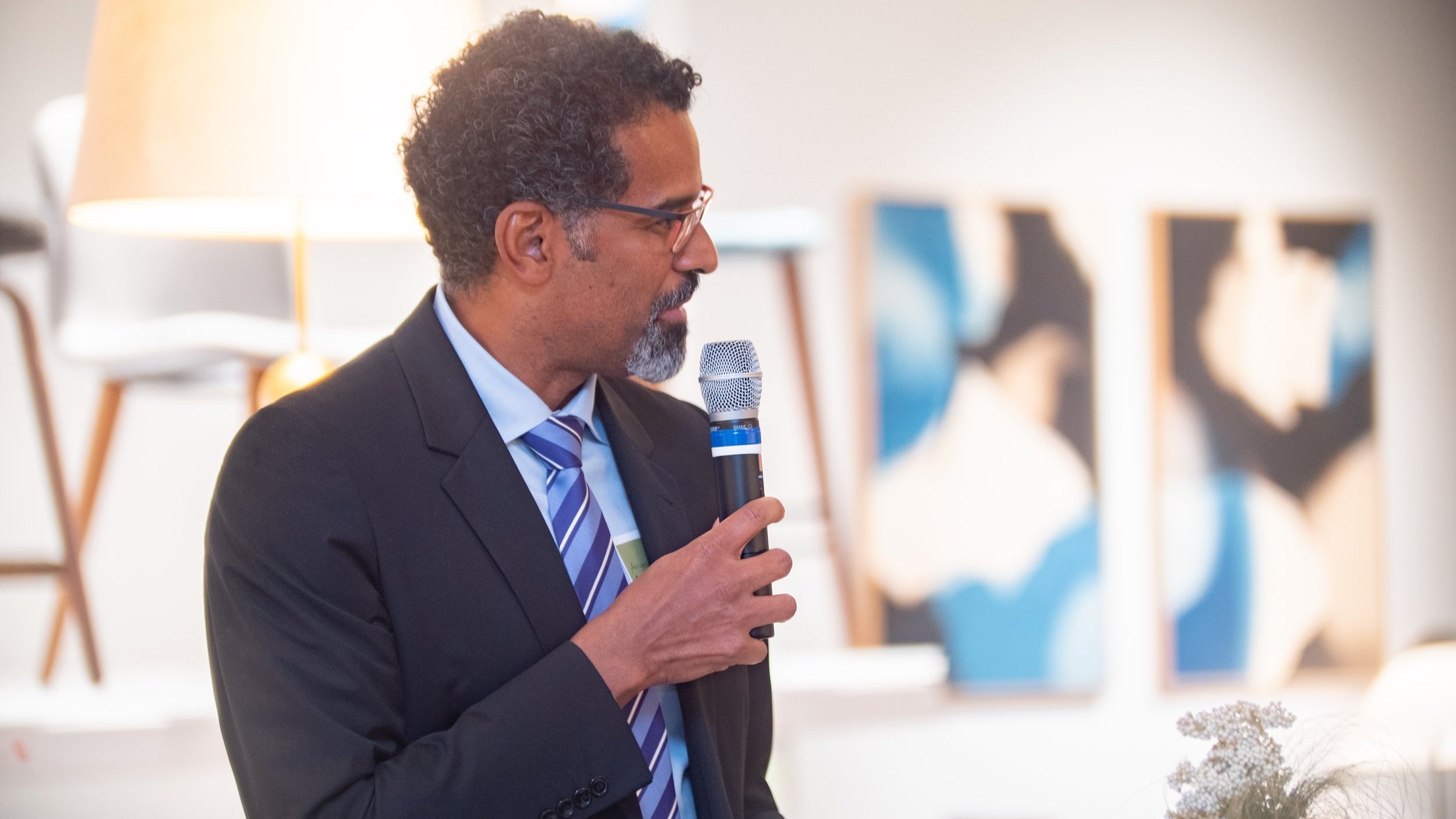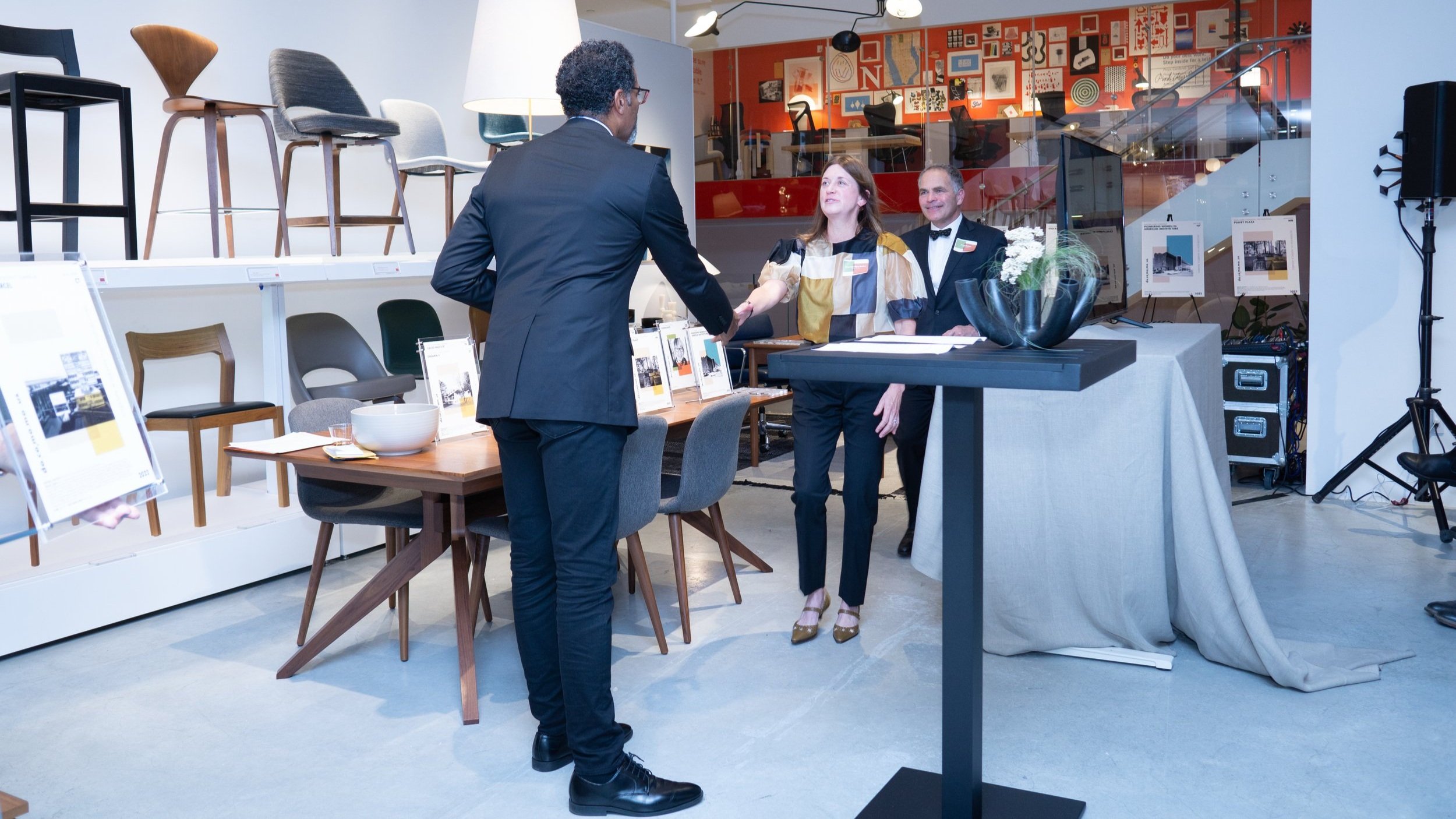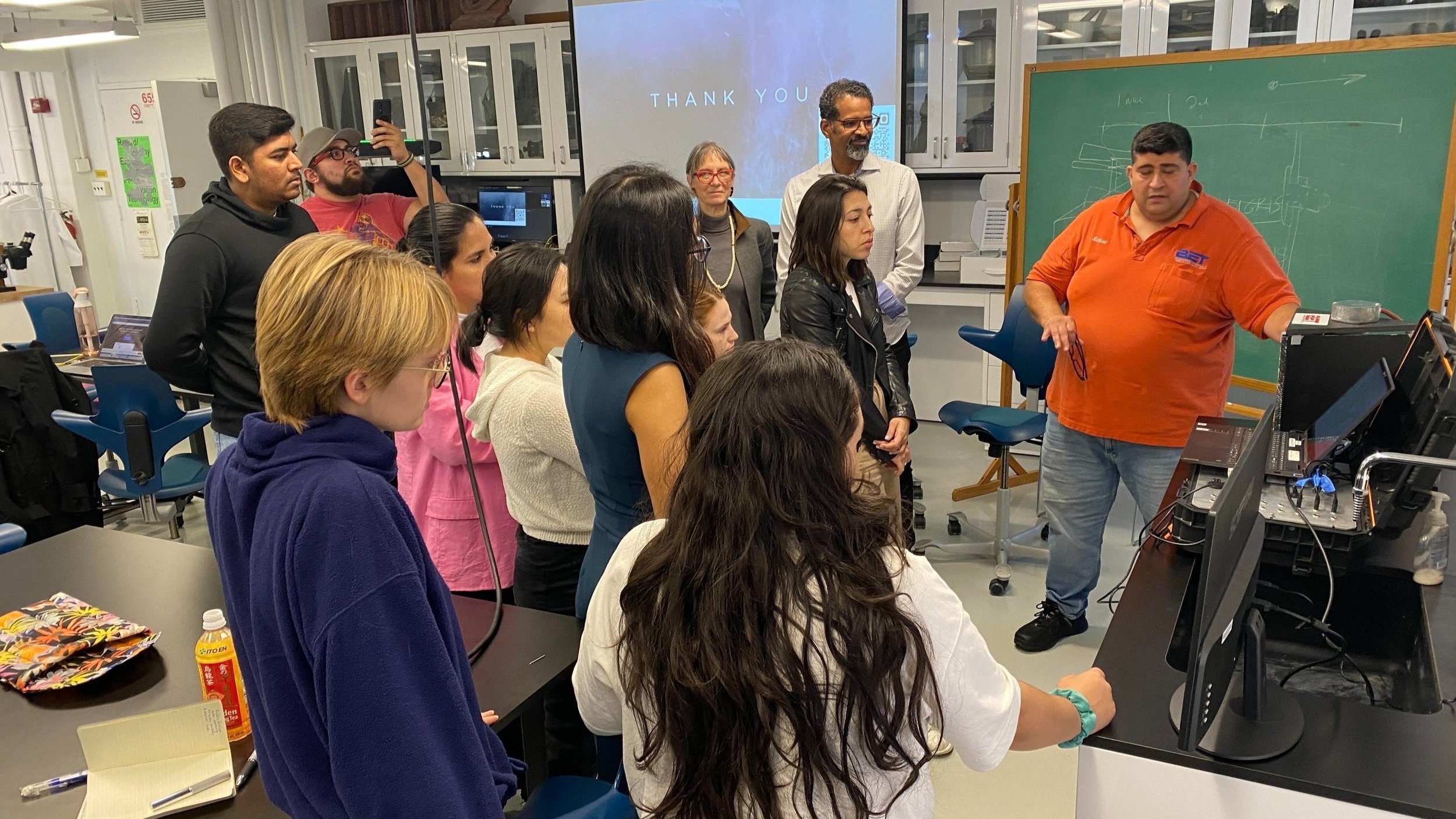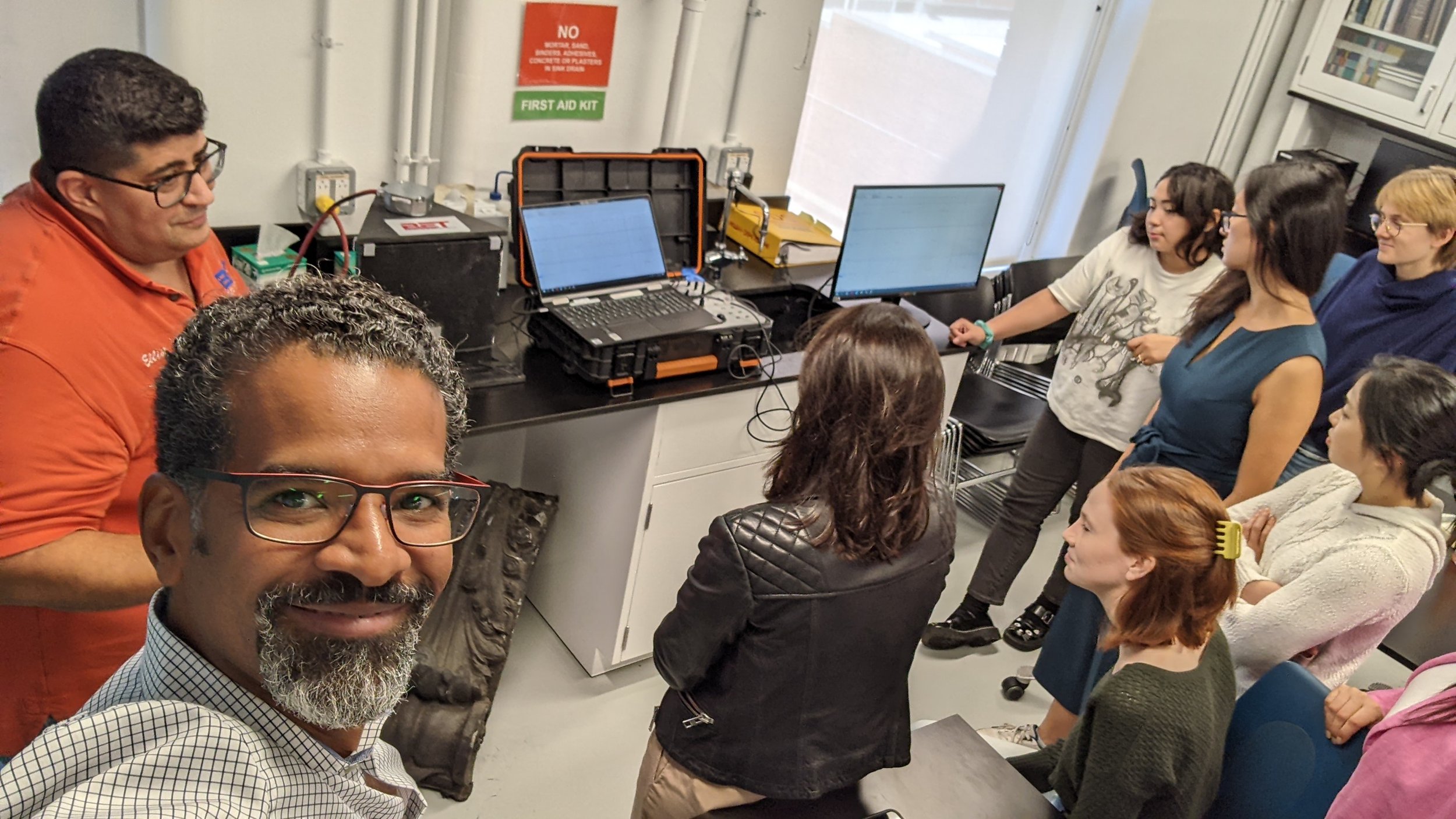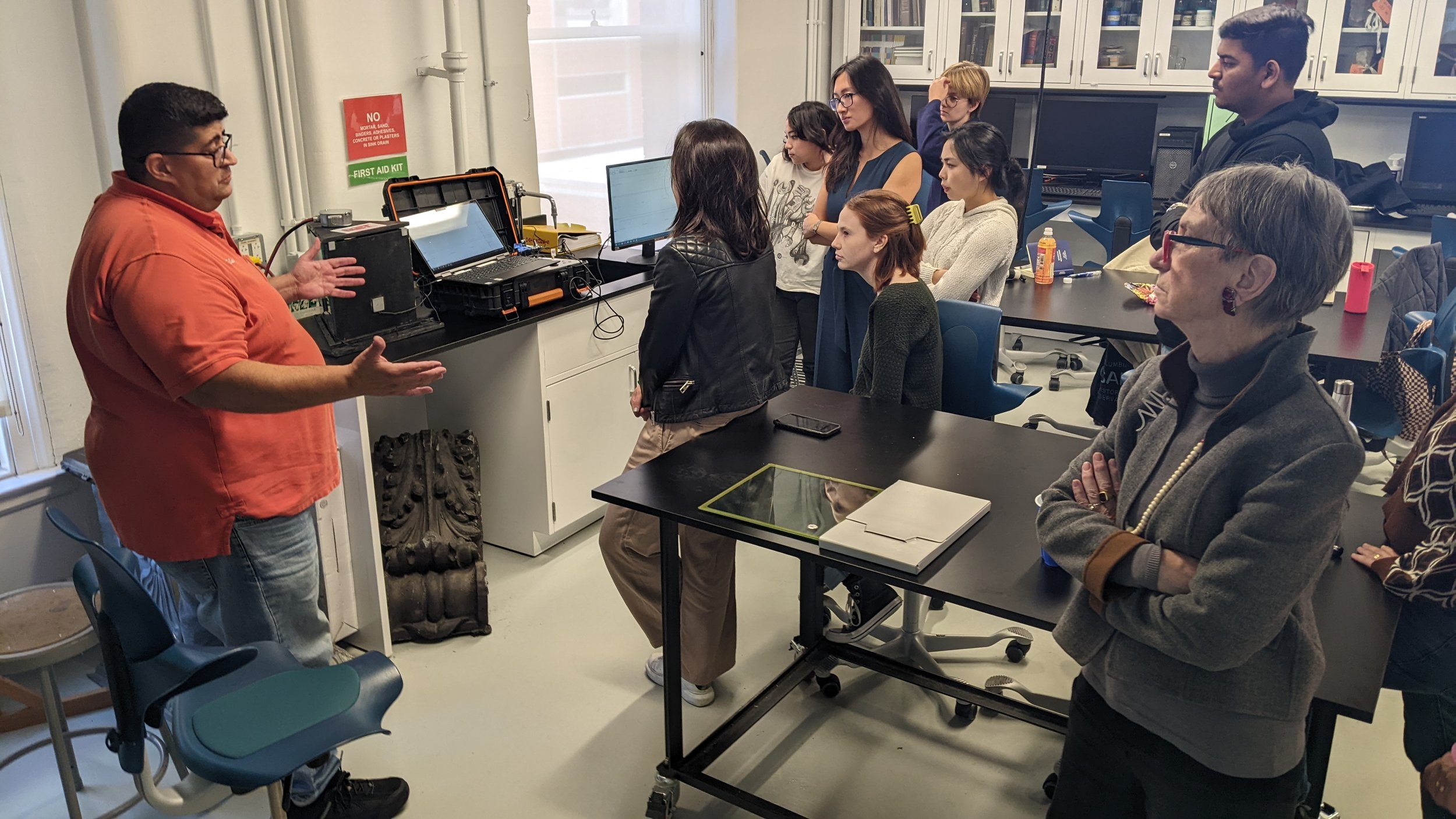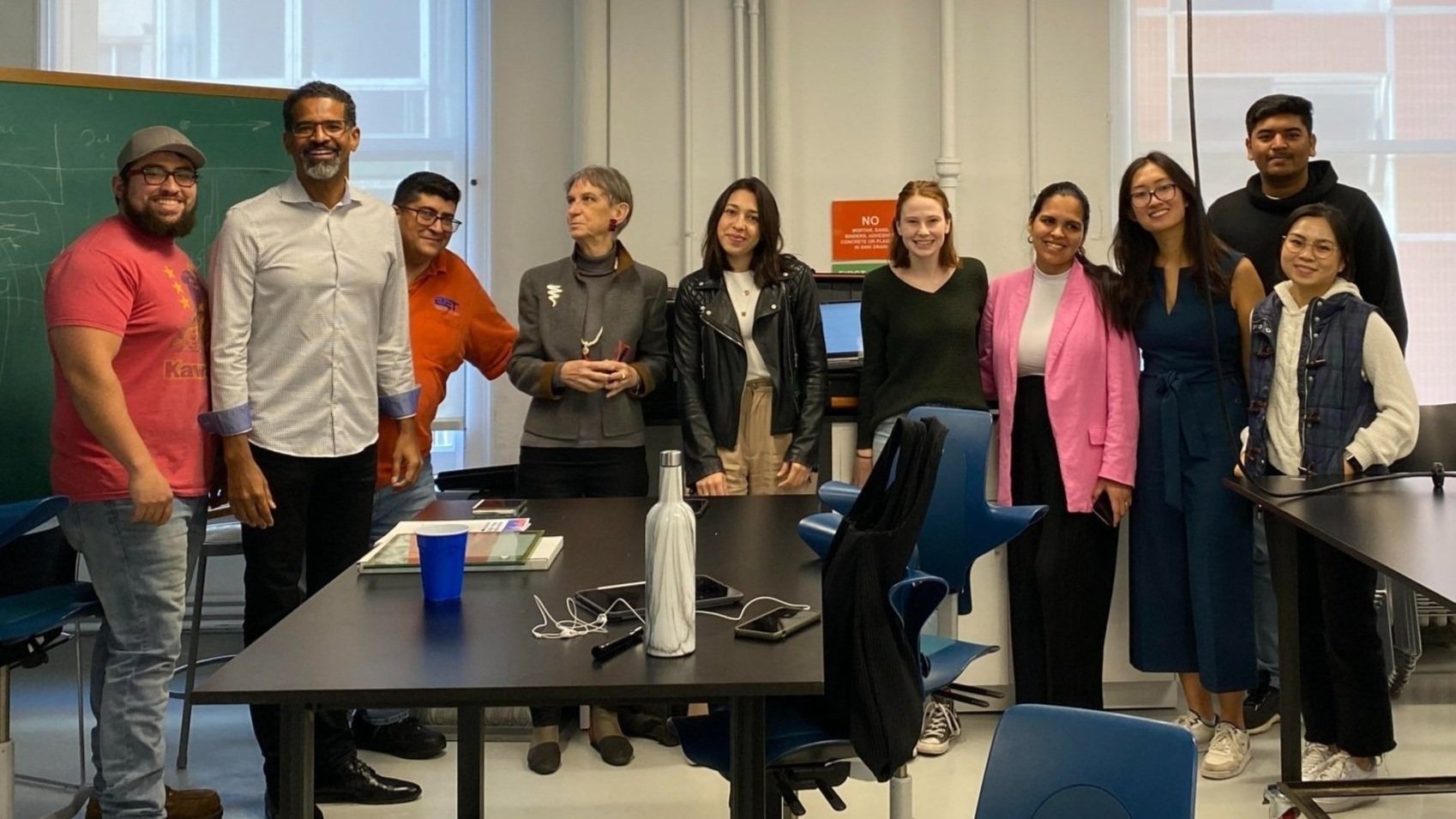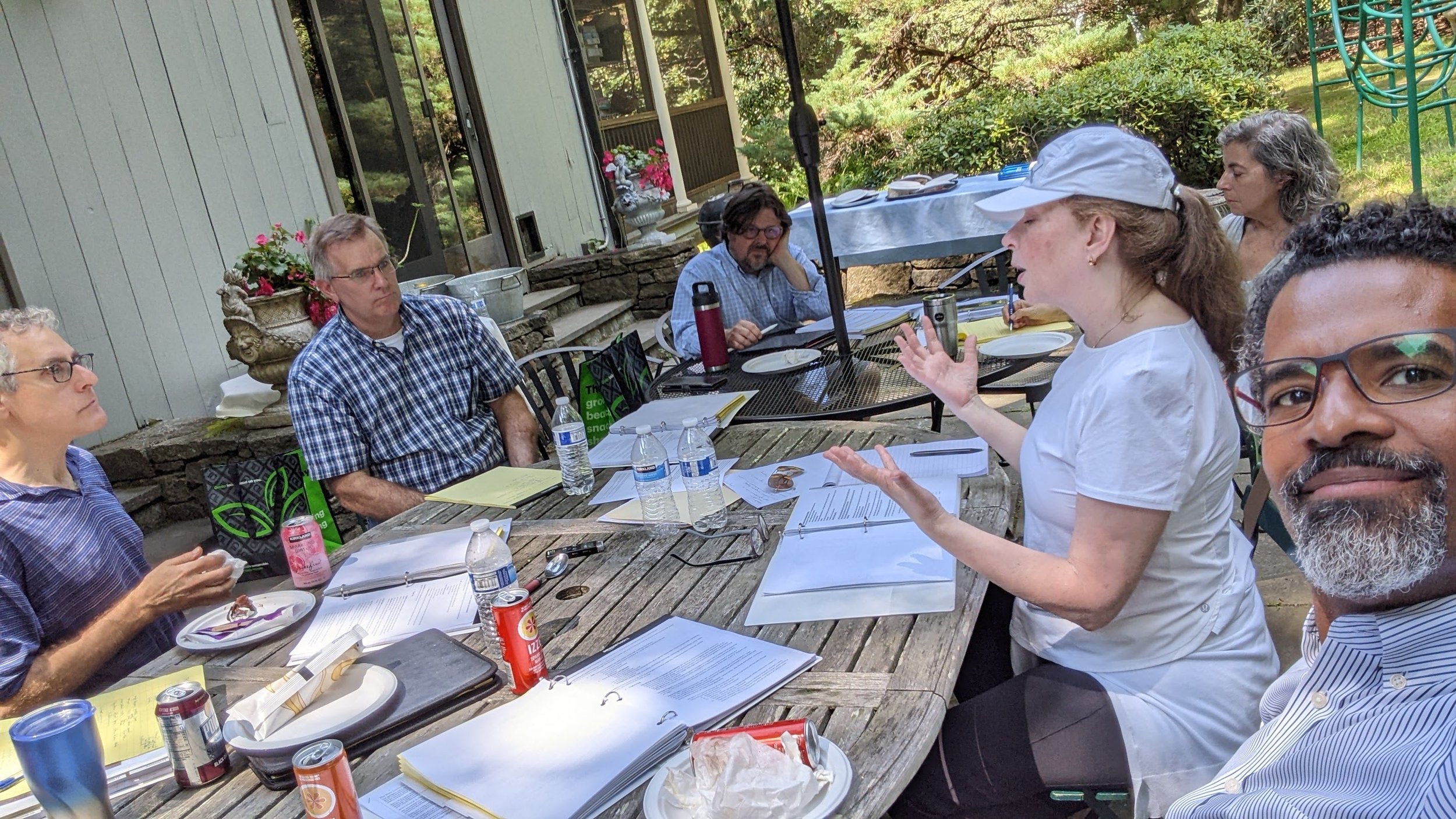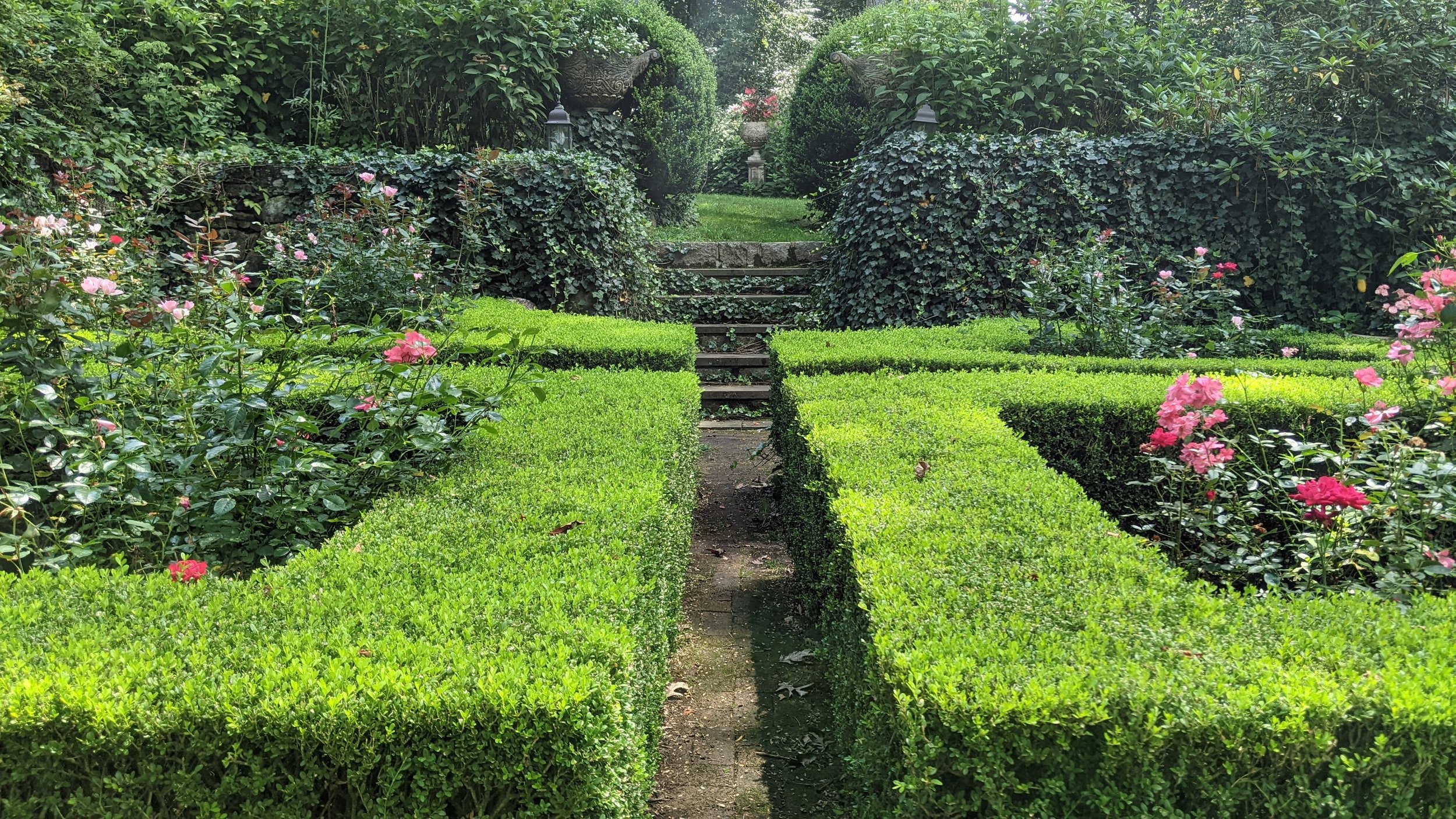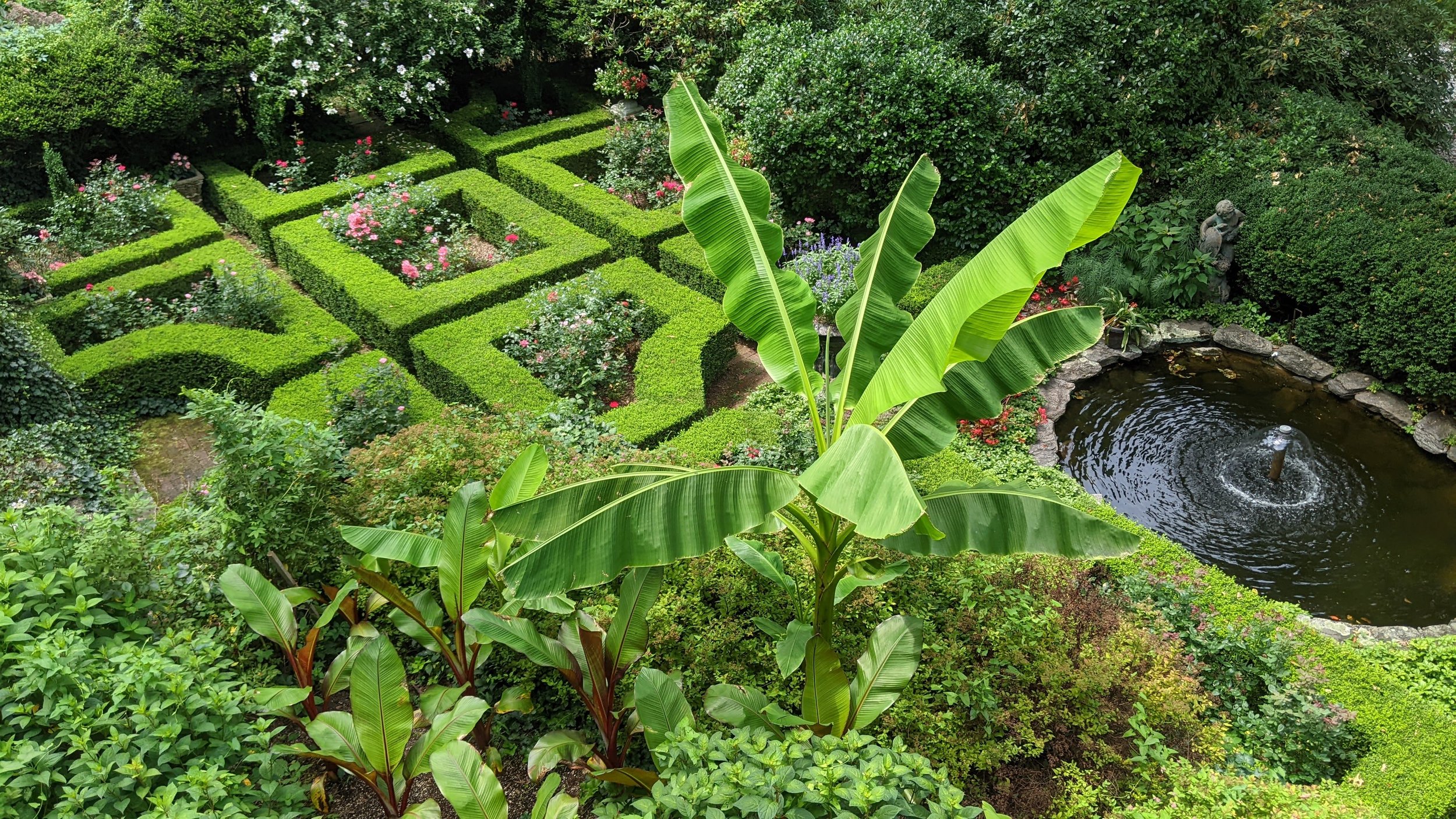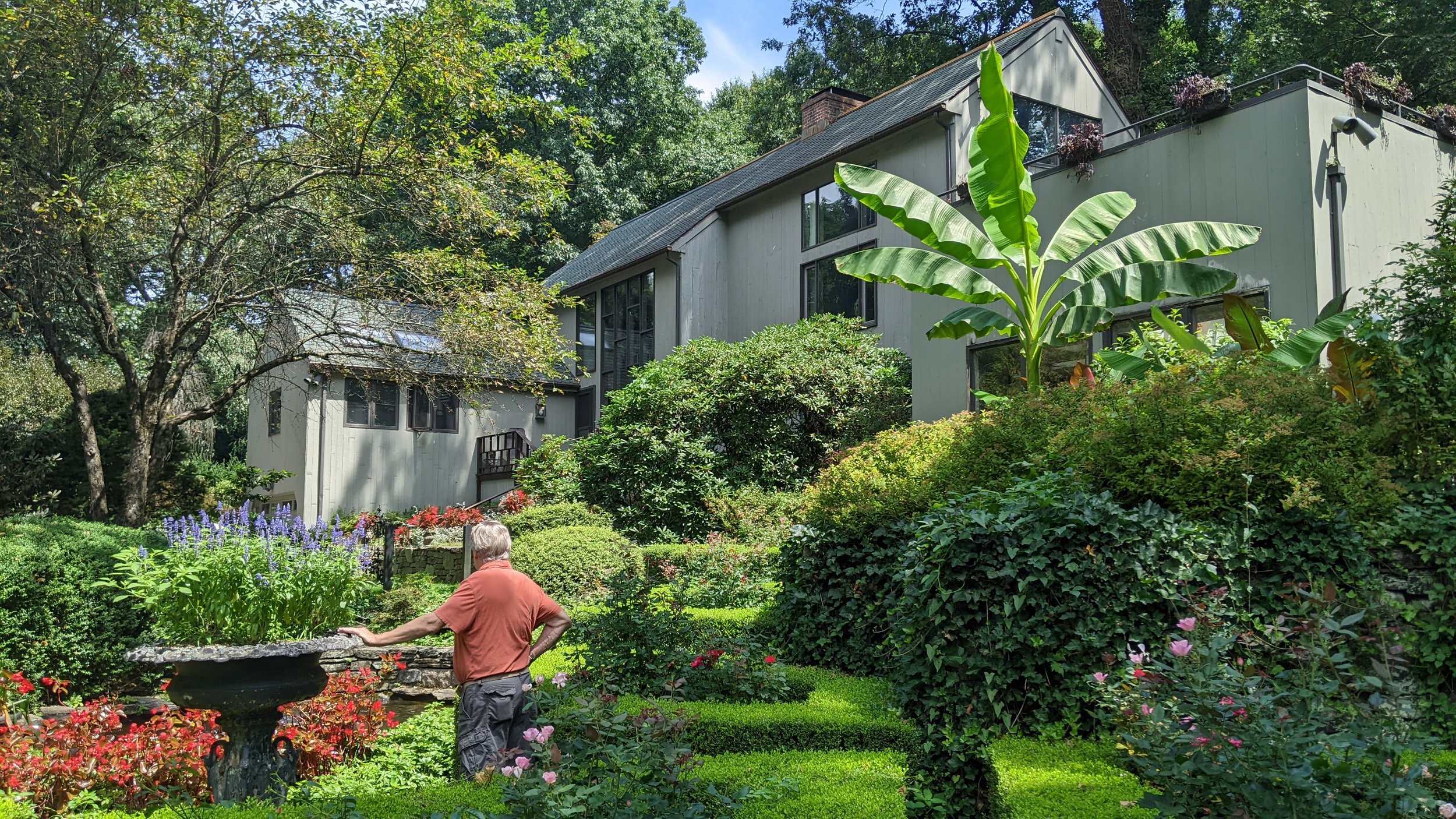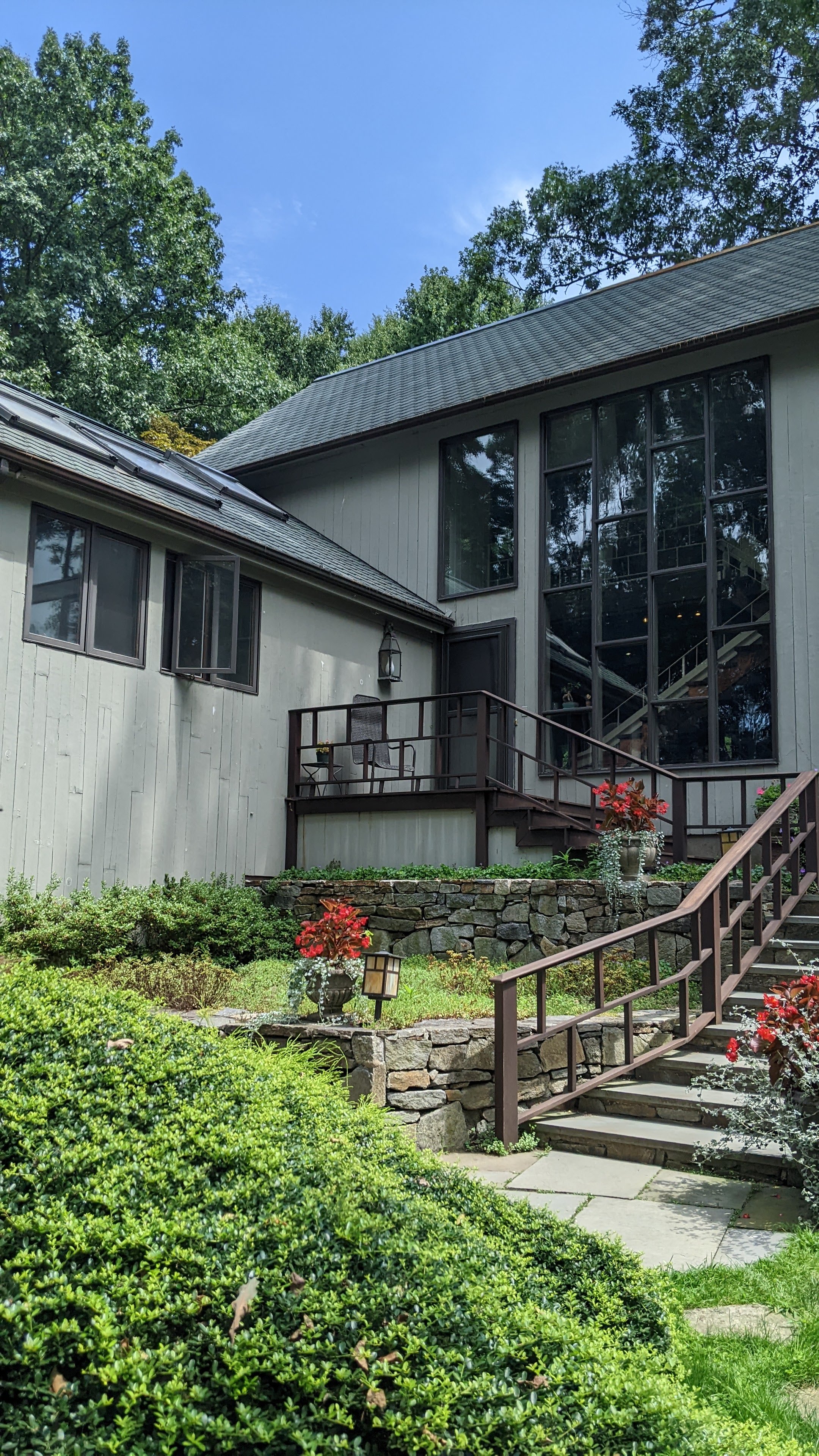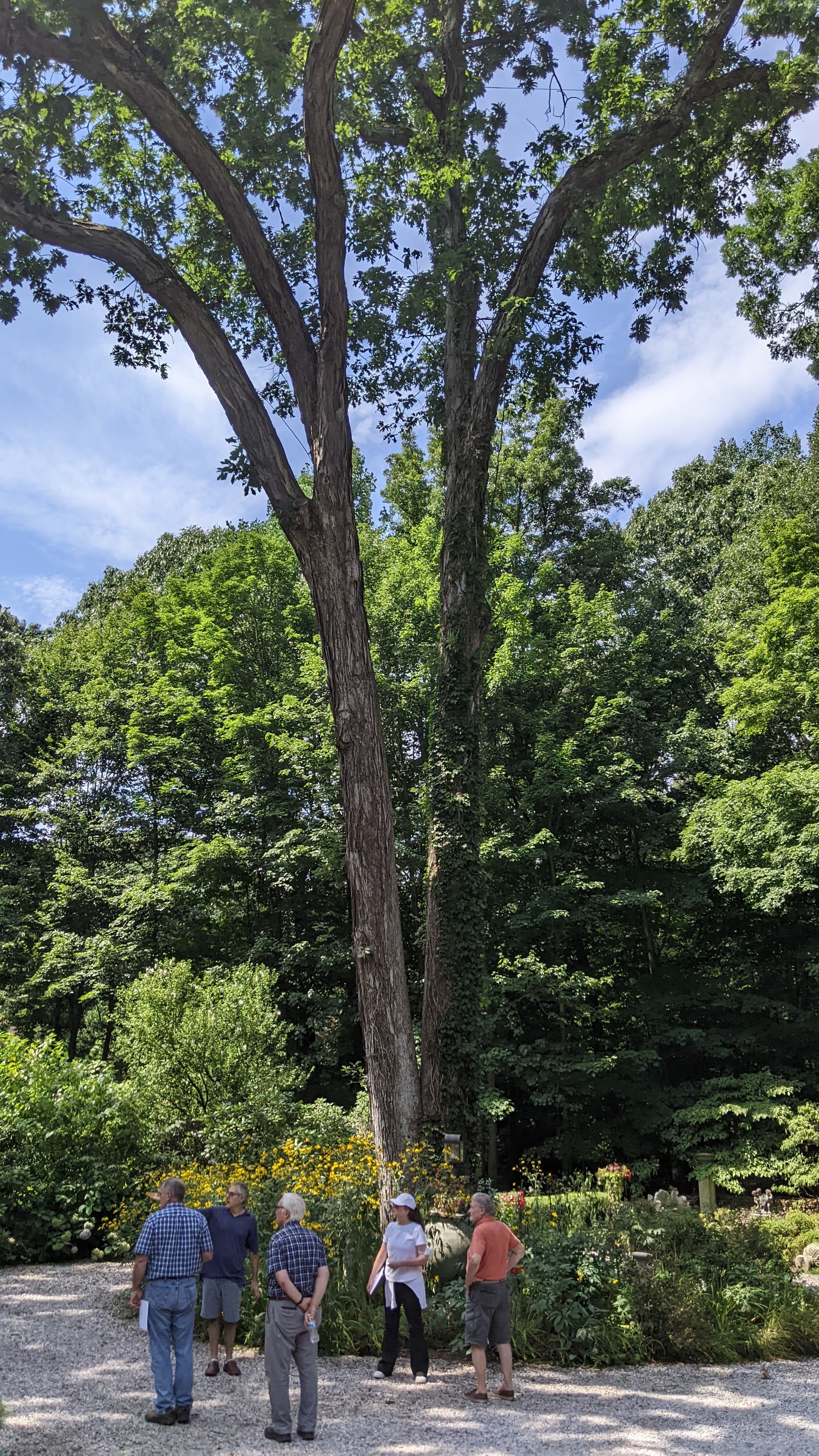Event photographs © Andrew Lee courtesy Docomomo US
On the evening of November 3rd, Principal Angel Ayón presented two Awards of Excellence in Docomomo US’s Modernism in America Awards.
First, Becker and Becker accepted a Commercial Award of Excellence for Hotel Marcel, the adaptive reuse of the Armstrong Rubber Company building in New Haven, Connecticut, which was completed in 1970. Originally designed for Pirelli Tire by Marcel Breuer and Robert Gatje, the building is highly visible from I-95 and features pre-cast ‘Mosai’ panels, board-formed concrete, and terrazzo stairways. Representing a sustainable solution for an iconic modern structure threatened with demolition for two decades, the project serves as a case study and a call to rethink our culture of disposability. It’s now anticipated to be the first Passive House-certified hotel in the US, operating with zero carbon footprint.
The next awardee was Peavey Plaza, located in downtown Minneapolis and originally designed by M. Paul Friedberg and Associates. Completed in 1975, the sunken plaza featured iconic Brutalist fountains, which had run dry and were slated for demolition. A local and national consortium, including M. Paul Friedberg himself, advocated for saving the site, successfully convinced the city and earning a Docomomo US Advocacy Award of Excellence in 2014. Now the plaza offers universal access and dramatically reduced its water usage. The rehabilitation won a 2022 Civic/Institutional Design Award of Excellence, which was accepted by Coen + Partners.
Other awardees included a minimal design intervention of the Walter & Sylvia Stockmayer House from 1961; UMassBRUT, a multidisciplinary campaign led by contingents from the University of Massachusetts Amherst and the University of Massachusetts Dartmouth; and the SurveyLA Historic Context Statement – L.A. Modernism, 1919-1980.
Angel joined his fellow jurors, Executive Director Liz Waytkus, President Bob Meckfessel, and a host of members and honorees for the ninth annual awards ceremony.
Read more about this year’s awards program and its winners here!

